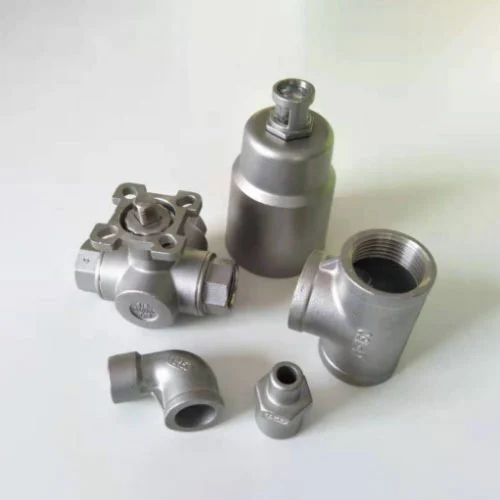The application scope of Die Casting
2025-05-06
Die casting is a versatile and widely used metal casting process that involves forcing molten metal under high pressure into a mold cavity. Its application scope spans across many industries due to its ability to produce complex shapes with high precision, good surface finish, and excellent dimensional consistency. Here's an overview of the application scope of die casting:
1. Automotive Industry
Engine components: Cylinder heads, engine blocks, transmission cases.
Structural parts: Suspension components, brackets, housings.
Interior and exterior parts: Handles, trims, dashboard structures.
EV parts: Battery housings and electric motor enclosures.
2. Aerospace Industry
Lightweight structural parts: Housings, gearboxes, brackets.
Precision components: Parts requiring tight tolerances and high strength-to-weight ratio.
3. Consumer Electronics
Enclosures: Laptop, smartphone, and camera bodies.
Heat sinks: For LED lights, processors, and power electronics.
Mounting frames: Internal supports for electronic assemblies.
4. Industrial Equipment
Machinery parts: Gearboxes, pumps, and valve bodies.
Housing and brackets: For motors, compressors, and other heavy-duty equipment.
5. Home Appliances
Components for washing machines, refrigerators, and air conditioners: Fan blades, motor housings, structural frames.
Cooking appliances: Parts for ovens, microwaves, blenders.

6. Lighting Industry
LED lighting fixtures: Housings and heat sinks made from aluminum die casting.
Street and commercial lighting: Durable, weather-resistant casings.
7. Medical Devices
Structural components: Casings and frames for diagnostic equipment.
Portable device housings: Durable, lightweight enclosures.
8. Telecommunications
Signal equipment enclosures: Weatherproof and EMI-shielded boxes.
Connector housings: Precision parts for networking hardware.
9. Defense and Firearms
Weapon parts: Frames and trigger mechanisms.
Electronic enclosures: Ruggedized components for military use.
Die casting is particularly advantageous for high-volume production due to its speed, repeatability, and minimal post-processing. Common materials used include aluminum, zinc, and magnesium alloys, each selected based on the strength, weight, and corrosion resistance requirements.
If you are interested in our products or have any questions, please feel free to contact us and we will reply you within 24 hours.


